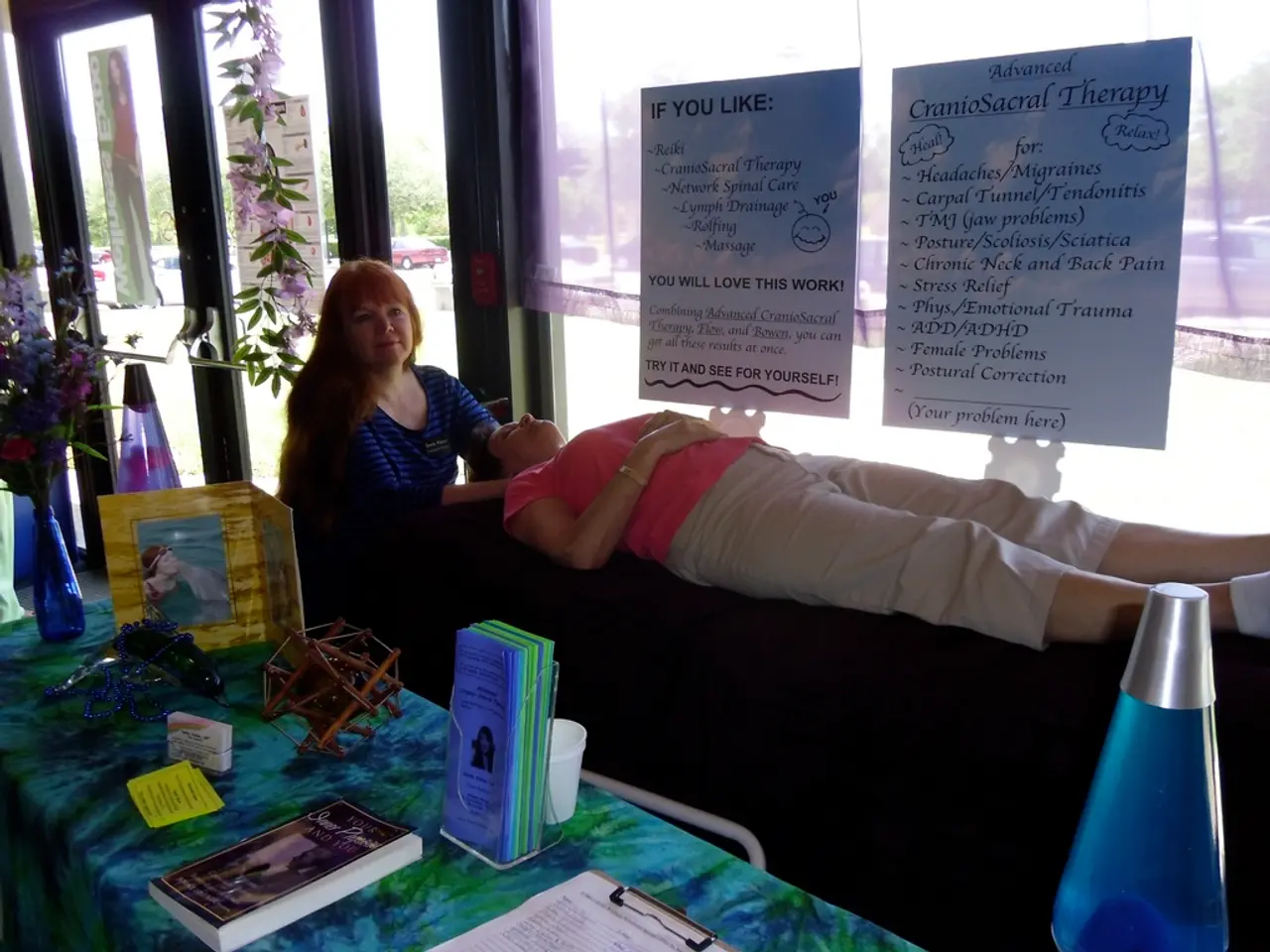Ovarian Dysfunction in Young Women: Understanding Symptoms, Remedies, and Reproductive Options
Primary Ovarian Insufficiency (POI), also known as premature ovarian failure, is a medical condition that causes the ovaries to stop working as they typically do before a person reaches the age of 40. This condition can lead to irregular or missed periods, and other symptoms may include hot flashes, night sweats, vaginal dryness, pain during sex, low sex drive, irritability, difficulty concentrating, dry eyes, and trouble getting pregnant.
Treatment Options for POI
Treatment for POI may involve several approaches. Hormone replacement therapy (HRT) is a common method to replace the lost hormones, helping alleviate menopausal symptoms and maintain bone and cardiovascular health. HRT typically involves estrogen alone (for women without a uterus) or combined estrogen and progesterone (for those with a uterus). While HRT improves symptoms, it does not restore fertility.
Other treatments, such as autologous platelet-rich plasma (PRP) ovarian injections, acupoint stimulation methods, and emerging stem cell therapies, show potential for improving ovarian function and fertility in POI patients. However, these treatments are still considered experimental, and their success rates vary.
PRP Therapy
PRP therapy involves intraovarian injections of autologous PRP, rich in growth factors that promote tissue regeneration and angiogenesis. Studies have indicated that PRP can improve ovarian reserve markers, reduce FSH, enhance folliculogenesis, and increase chances of pregnancy through assisted reproductive techniques (ART), such as IVF.
Acupoint Stimulation
Acupoint stimulation, including moxibustion (Moxi) combined with other therapies, has been shown to improve hormone levels and menopausal symptoms in POI patients. Its direct impact on fertility is less clear but may support improved ovarian environment.
Stem Cell Therapies
Stem cell therapies, notably using mesenchymal stem cells (MSCs) derived from menstrual blood or other sources, are under research for their potential to restore ovarian function by enhancing follicle development and hormone production. Early studies have reported increased ovarian reserve markers and some successful pregnancies post-treatment.
Fertility Options for POI
Fertility outcomes remain limited for people with POI, and many women opt for assisted reproductive technologies such as IVF with donor eggs as a reliable option for pregnancy. Hormonal birth control can be prescribed instead of HRT for people with POI who do not want to get pregnant, and it protects more effectively against pregnancy.
Preventive Measures and Lifestyle Changes
Maintaining a moderate weight, eating a balanced diet, getting more vitamin D from safe sunlight exposure, using weight-bearing exercises, and engaging in regular aerobic exercise can help lower the risk of POI-related complications. Bone health supplements, such as calcium and vitamin D, may also be recommended by a doctor to reduce the risk of osteoporosis.
Risk Factors and Causes
Risk factors for POI include genetics, autoimmune disorders, exposures to chemicals, radiation, or toxins, and metabolic disorders. Scientists believe that POI occurs due to problems with the follicles inside the ovaries.
POI is not the same as early menopause, as the latter is a natural transition that occurs in everyone with female reproductive organs, while POI is a condition that can have various causes. HRT can help improve quality of life and reduce the risk of conditions such as bone fractures, osteoporosis, heart disease, thyroid disease, diabetes, and eye conditions that result from having dry eyes.
If someone has irregular or absent periods for and they are under the age of 40, a doctor can perform tests to diagnose or rule out POI. It's essential to consult a healthcare provider for personalised advice and treatment options.
- Hormone replacement therapy (HRT) is a common treatment for Primary Ovarian Insufficiency (POI), aimed at replacing lost hormones to alleviate menopausal symptoms and maintain bone and cardiovascular health.
- Acupoint stimulation, including moxibustion, has shown promise in improving hormone levels and menopausal symptoms for POI patients, although its direct impact on fertility is less clear.
- Scientific research is ongoing into the potential of stem cell therapies, such as using mesenchymal stem cells derived from menstrual blood or other sources, to restore ovarian function in POI patients and improve fertility outcomes.




